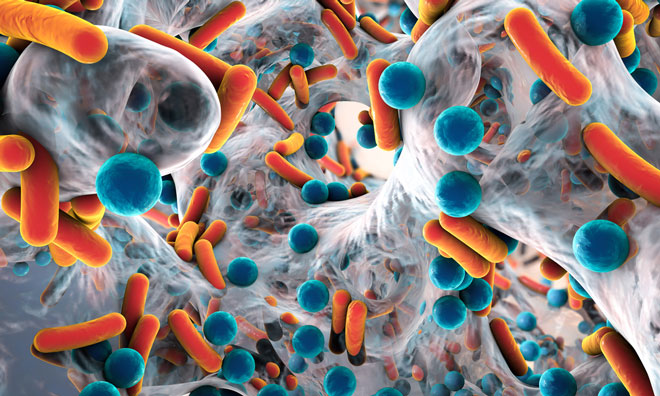More evidence on link between agricultural antibiotic use and antibiotic resistance
- Like
- Digg
- Del
- Tumblr
- VKontakte
- Buffer
- Love This
- Odnoklassniki
- Meneame
- Blogger
- Amazon
- Yahoo Mail
- Gmail
- AOL
- Newsvine
- HackerNews
- Evernote
- MySpace
- Mail.ru
- Viadeo
- Line
- Comments
- Yummly
- SMS
- Viber
- Telegram
- Subscribe
- Skype
- Facebook Messenger
- Kakao
- LiveJournal
- Yammer
- Edgar
- Fintel
- Mix
- Instapaper
- Copy Link
Posted: 27 July 2017 | EFSA, New Food | No comments yet
The European Food Safety Authority, the European Medicines Agency and the European Centre for Disease Prevention and Control are concerned about the impact of use of antibiotics on the increase in antibiotic-resistant bacteria.


A new report from the three agencies presents new data on antibiotic consumption and antibiotic resistance and reflects improved surveillance across Europe.
Vytenis Andriukaitis, European Commissioner for Health and Food Safety, said: “To contain antibiotic resistance we need to fight on three fronts at the same time: human, animal and the environment. This is exactly what we are trying to achieve in the EU and globally with our recently launched EU Action Plan on antimicrobial resistance.
“This new report confirms the link between antibiotic consumption and antibiotic resistance in both humans and food-producing animals.”
A diverse picture
The Joint Interagency Antimicrobial Consumption and Resistance Analysis (JIACRA) report highlights that there are still important differences across the EU in the use of antibiotics in animals and humans. Reducing their unnecessary use will have an impact on the occurrence of resistance.
Overall antibiotic use is higher in food-producing animals than in humans, but the situation varies across countries and according to the antibiotics.
In particular, a class of antibiotics called polymyxins – which includes colistin – is used widely in the veterinary sector. It is also increasingly used in hospitals to treat multidrug-resistant infections.
Other antibiotics are more often used in humans than in animals. These include third- and fourth-generation cephalosporins and quinolones, antibiotics that are also considered critically important for human health.
Links between antibiotic use and resistance
The report notes that resistance to quinolones, used to treat salmonellosis and campylobacteriosis in humans, is associated with use of antibiotics in animals. The use of third- and fourth-generation cephalosporins for the treatment of infections caused by E. coli and other bacteria in humans is associated with resistance to these antibiotics in E. coli found in humans.
Cooperation spurs better reporting and analysis
The report is the result of close cooperation between the three EU agencies, each drawing on their specific expertise and data from monitoring of antibiotic resistance and antibiotic consumption in animals and humans.
The conclusions are in line with those of the first report published in 2015. However, the availability of better quality data allowed for a more sophisticated analysis.








